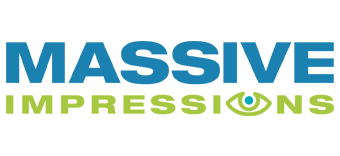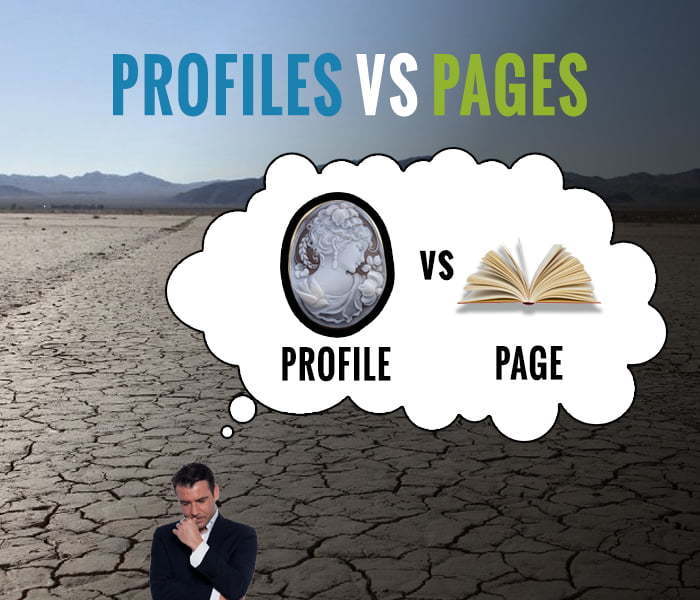On Facebook and LinkedIn it’s a violation of policies to create social media Profiles with the same name as your company’s name. These policies are explained in the EULAs, the End User License Agreements, or Terms of Service, that everyone is expected to read, but often don’t.
In Facebook, misnaming your Profile puts the account’s very existence in jeopardy. This is the section directly from Facebook at the time this article was published.
4. Registration and Account Security
Facebook users provide their real names and information, and we need your help to keep it that way. Here are some commitments you make to us relating to registering and maintaining the security of your account:
You will not provide any false personal information on Facebook, or create an account for anyone other than yourself without permission.
LinkedIn has a similar, multi-admin model for Company Pages. The features aren’t as robust as Facebook, but the principles are the same. The LinkedIn User Agreement is very similar to Facebook’s Terms of Service when it comes to the intended use of Profiles and Pages.
Here’s what LinkedIn says about eligibility to create a profile:
2.1. Service Eligibility
Here are some promises you make to us in this Agreement…
To use the Services, you agree that: (1) you must be the “Minimum Age” (defined below) or older; (2) you will only have one LinkedIn account (and/or one SlideShare or Pulse account, if applicable), which must be in your real name…
Facebook and LinkedIn expect users to use their real names when creating accounts, technically referred to as Profiles. Profiles are the accounts you use when you log into Facebook and LinkedIn with a username, email address, and password. Every person who operates Facebook, whether they’re doing it for a business or not, has to have a Profile that they’re logging into if they’re using Facebook. The same goes for for LinkedIn.
So you might ask “When does the business name come in for those sites?”
“How come I see businesses on Facebook, not just people?”
Facebook and LinkedIn understand that companies, corporate entities with often changing faces, need representation on social media different than people do. They need social media marketing. At the end of the day though, a company can’t throw a switch. There needs to be accountability. Facebook and LinkedIn understand that companies require some kind of agent to act on their behalf to type and work the mouse: a real person. There needs to be a real person accountable for what transpires on company presences, a real person operating through a valid Profile. Even if you’re a person who only intends to use social media for your business, these sites still want to know your real name so they know who’s signing off on what goes on.
When a business needs a presence on social media, it needs a Page. In Facebook this Page is simply called a Facebook Page. In LinkedIn it’s called a LinkedIn Company Page. A Page is an additional kind of presence you can create, once you’ve got a Profile. A Page is meant to represent businesses and organizations.
Pages have special management features.
What makes a Page easier to manage than a Profiles is the ability for multiple Profiles, multiple people using Facebook or LinkedIn, to have ownership and operating rights. Just like multiple people can work for a business, multiple Profiles can work a Page. For someone to publish posts through a Page, their Profile has to have what are called “admin rights” to the Page.
Pages have special advertising and promotional features.
There are special abilities critical for marketing that Pages have but Profiles don’t. Pages can have a number of advertising tactics performed around them. Profiles really don’t have paid means of promoting themselves.
- In Facebook, if you’re a Profile you can get other Profiles to “Friend” you, or connect to you reciprocally. If you’re a Page, you can’t accrue Friends, but you can have Fans who Like your page.
- Friends see each others’ private posts. Many people are reluctant to Friend a business or brand operating as a Profile because that will expose, to a stranger, their Posts they only intend to share with friends and family.
- Pages and Page operators cannot see the private content of Facebook users who’ve Liked their page. This makes it easier for otherwise loyal brand advocates to overcome privacy concerns. This means more people will feel OK about Liking a brand’s Page than Friending a brand operating a profile.
- A Page can pay to promote itself, whereas a Profile cannot.
- Pages can have Like Ads run on their behalf that ask people to Like the Page. Profiles can’t pay for friends, or pay Facebook to ask people to become more friendly.
- Profiles can’t pay to promote their Posts to wider audiences, Pages can.
This is what it boils down to if you need use social media for business:
Have your Profile represent you. Have your Page represent your business.


